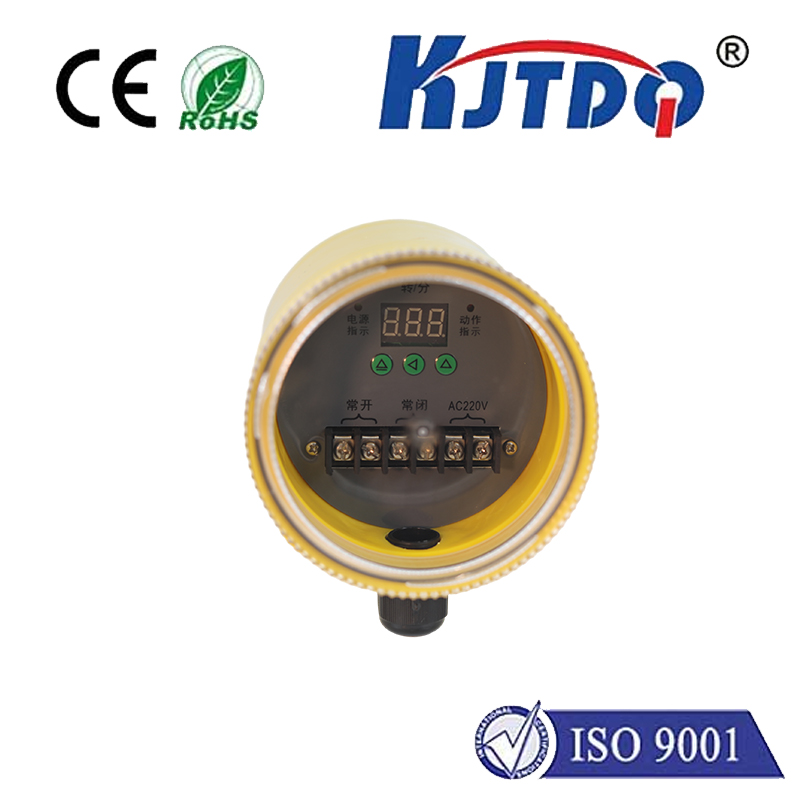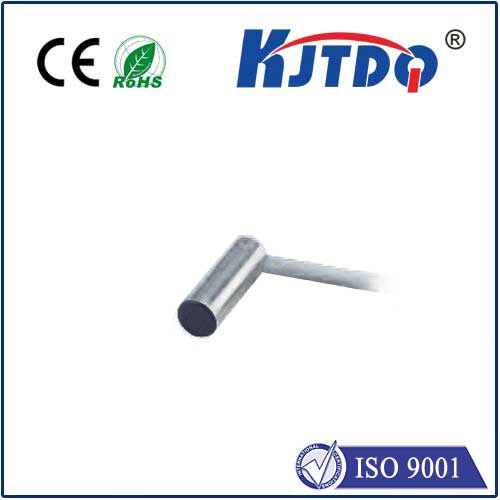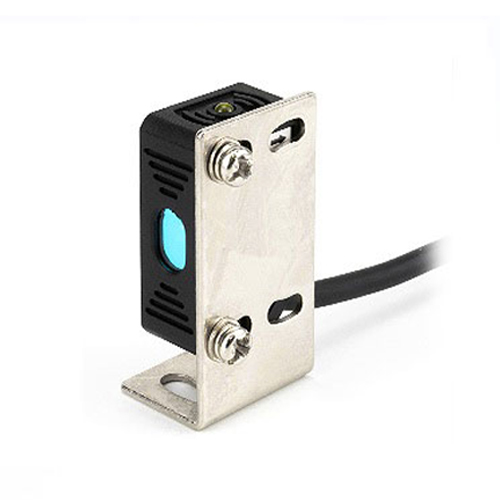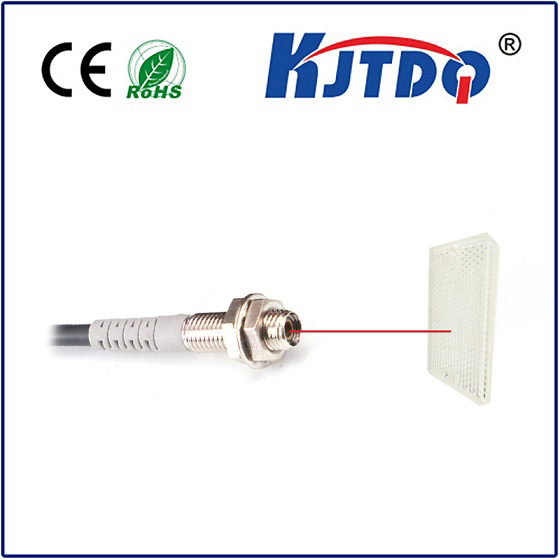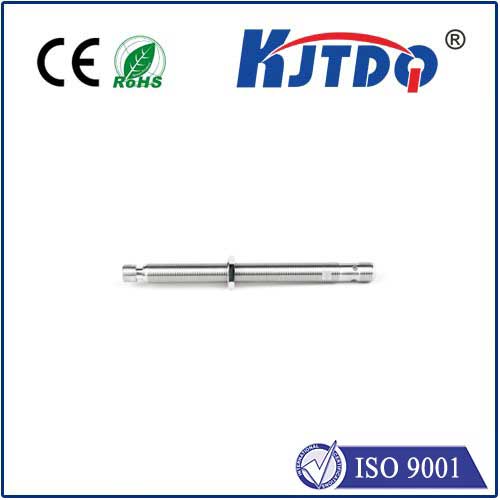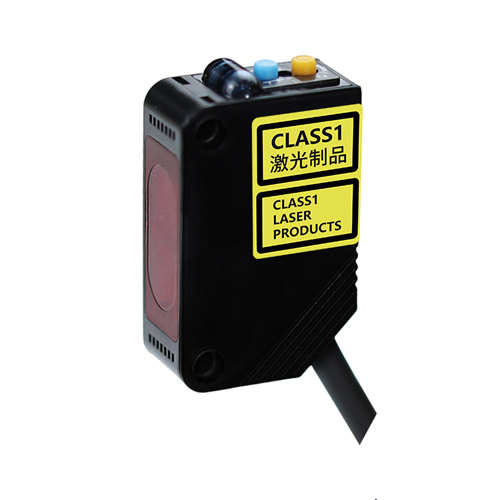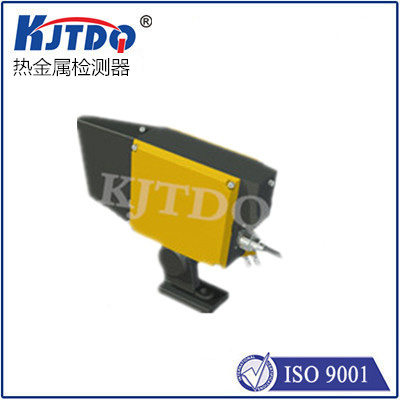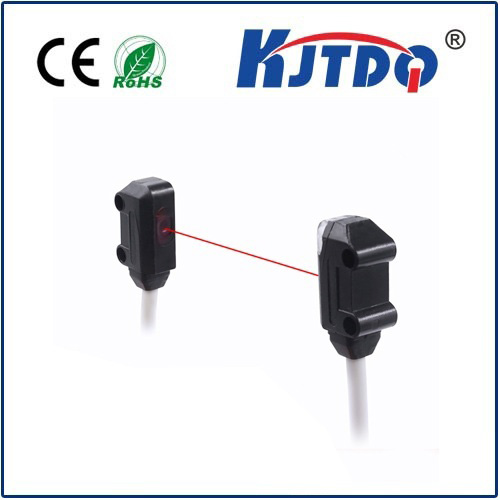clt sensor
- time:2025-08-23 02:54:19
- Click:0
Your Engine’s Silent Guardian: Demystifying the CLT Sensor
That moment of panic – the temperature gauge needle creeping relentlessly into the red, or worse, steam billowing from under the hood. Engine overheating isn’t just inconvenient; it’s a direct threat to your vehicle’s health and your wallet. While many components play a role in preventing this disaster, one small, often overlooked sensor acts as the critical first line of defense: the Coolant Temperature Sensor, commonly abbreviated as the CLT Sensor. Understanding this vital component is key to appreciating its role in keeping your engine running smoothly and efficiently.
What Exactly is a CLT Sensor?
Think of your engine as a complex organism. Just like body temperature is crucial for human health, engine temperature is paramount for its operation. The CLT sensor is essentially the engine’s dedicated thermometer. Its primary job is to continuously monitor the temperature of the engine’s coolant as it circulates through the system. This sensor is typically threaded directly into the engine block or cylinder head, often near the thermostat housing, placing it in direct contact with the coolant flow for the most accurate reading possible.
Why Does Engine Temperature Matter So Much?

Your engine is designed to operate efficiently within a specific temperature range, usually around 195°F to 220°F (90°C to 105°C). Maintaining this “sweet spot” is critical for several reasons:
- Optimal Combustion: Fuel burns most completely and efficiently at the correct temperature, maximizing power and minimizing emissions (a key factor in modern vehicles).
- Lubrication: Engine oil viscosity changes with temperature. Oil is thicker when cold and thinner when hot. The Engine Control Unit (ECU) needs accurate temperature data to ensure oil flows correctly to protect moving parts. Incorrect viscosity can lead to premature wear or even engine seizure.
- Emissions Control: Catalytic converters and other emissions systems require the engine to be at operating temperature to function effectively. A faulty CLT sensor providing incorrect “cold” readings can keep the engine in “choke” mode (richer fuel mixture), increasing harmful exhaust emissions.
- Fuel Mixture Control: The ECU relies heavily on coolant temperature data to determine the correct air-fuel mixture. A cold engine requires a richer mixture (more fuel) to start and run smoothly until it warms up. An incorrect reading can lead to overly rich or lean conditions, causing poor fuel economy, rough idling, or hard starting.
- Cooling Fan Operation: The ECU uses the CLT sensor’s input to determine when to activate the cooling fan(s). If the sensor reports a falsely high temperature, the fan may run constantly; if it reports a false low temperature, the fan may not activate when needed, leading to overheating.
The Language of Temperature: How the CLT Sensor Communicates
The CLT sensor is not just a dumb gauge. It’s an active electronic component that translates physical temperature into an electrical signal the ECU understands. Most modern vehicles use a Negative Temperature Coefficient (NTC) thermistor type sensor. Here’s the simple genius:
- As Coolant Temperature Increases: The sensor’s internal electrical resistance decreases.
- As Coolant Temperature Decreases: The sensor’s resistance increases.
The ECU sends a consistent reference voltage (usually 5 volts) to the CLT sensor. The sensor acts as a variable resistor in a circuit. The voltage signal returning to the ECU changes based on the sensor’s resistance (which is directly tied to coolant temperature). A high return voltage typically indicates a cold engine, while a low return voltage indicates a hot engine. The ECU constantly interprets this voltage signal to know the engine’s thermal state.
Recognizing the Warning Signs: Symptoms of a Failing CLT Sensor
Because the CLT sensor influences so many critical engine functions, a failure or inaccurate reading can manifest in several ways. Be alert for these common symptoms:
- Erratic Temperature Gauge Readings: The most obvious sign. The gauge might read abnormally low, spike erratically, or not move at all, regardless of actual engine temperature.
- Poor Fuel Economy: An incorrect “cold” signal can trick the ECU into enriching the fuel mixture unnecessarily, leading to notably higher fuel consumption. This is often the first sign owners notice.
- Hard Starting (especially when cold or hot): A bad sensor sending a false “hot” signal when the engine is cold may prevent the necessary fuel enrichment for starting. Conversely, a false “cold” signal when hot can cause a rich mixture, flooding the engine.
- Engine Overheating: If the sensor fails and reads lower than the actual temperature, the ECU won’t activate the cooling fans in time, or may not trigger critically rich fuel mixtures needed to cool combustion chambers under extreme load.
- Rough Idle or Stalling: Incorrect temperature data leads to improper air-fuel mixture calculations, causing unstable idling or stalling shortly after starting.
- Check Engine Light (CEL) and Diagnostic Trouble Codes (DTCs): A malfunctioning CLT sensor will almost always trigger the CEL. Common OBD-II codes related to the CLT circuit include:
P0115 - Engine Coolant Temperature Circuit MalfunctionP0116 - Engine Coolant Temperature Range/Performance ProblemP0117 - Engine Coolant Temperature Circuit Low InputP0118 - Engine Coolant Temperature Circuit High InputP0128 - Coolant Thermostat (Rationality) - Often related, as it compares actual warm-up rate to expected based on CLT input.- Black Smoke from Exhaust: Caused by a persistently over-rich fuel mixture, potentially triggered by a sensor falsely reporting cold conditions.
- Cooling Fan Running Constantly or Not Running: Erratic sensor input directly impacts fan control logic.
Diagnosis and Replacement: Trust but Verify
While the symptoms strongly point towards the CLT sensor, proper diagnosis is crucial. Jumping straight to sensor replacement without verification can be costly and ineffective. Here’s why:
- Check for Codes: Retrieve OBD-II codes as a starting point. Specific codes like P0117/P0118 pinpoint circuit issues.
- Visual Inspection: Examine the sensor and its wiring connector for obvious damage, corrosion, or coolant leaks (coolant can wick up wires and damage connectors/sensor internals).
- Coolant Level & Condition: Low coolant can cause overheating unrelated to the sensor. Old coolant can lead to corrosion affecting the sensor.
- Thermostat Check: A stuck-closed thermostat is a common cause of overheating. The CLT sensor reports the high temperature accurately, but the cause is elsewhere.
- Resistance & Voltage Testing: Using a multimeter, resistance across the sensor terminals can be checked cold vs. hot (refer to manufacturer specs for expected values). Checking the reference voltage to the sensor (should be ~5V) and the return signal voltage to the ECU at different temperatures is the most reliable diagnostic step. This often requires technical service data for your specific vehicle.
Replacement requires care:
- Engine Cold: Always replace the sensor when the engine is cold to prevent burns and coolant system pressure issues. Never open the cooling system when hot!
- Coolant Drain (Often Necessary): Expect coolant loss when removing the sensor. Have a drain pan ready and be prepared to replenish/replace coolant according to manufacturer specifications.
- Torque Matters: Overtightening the sensor can crack its housing or the engine boss; undertightening can cause leaks.






